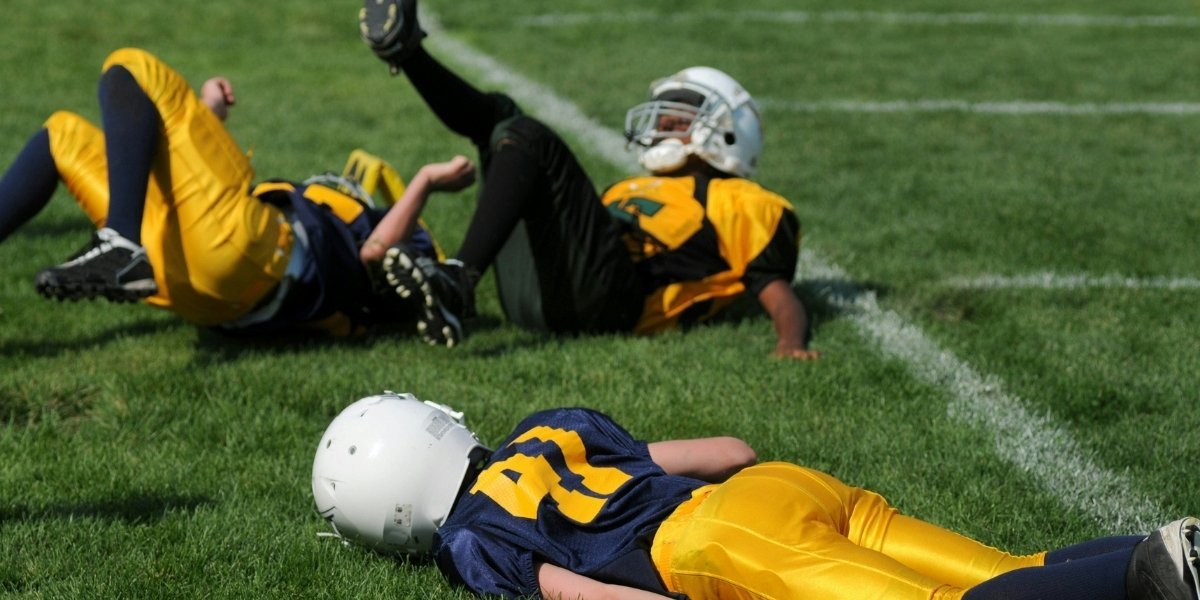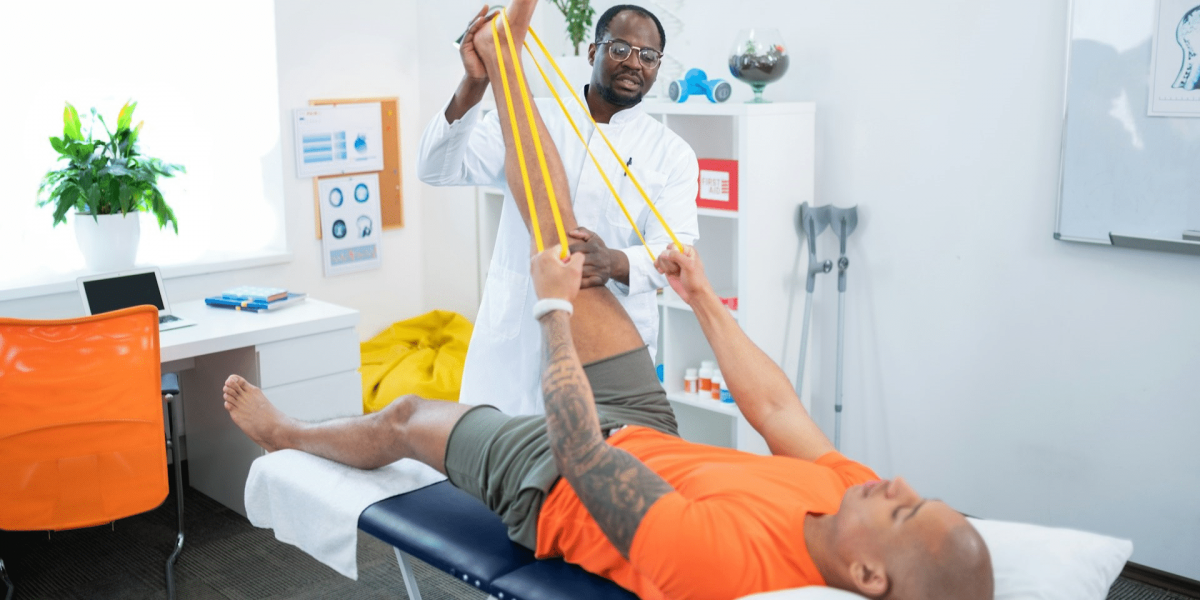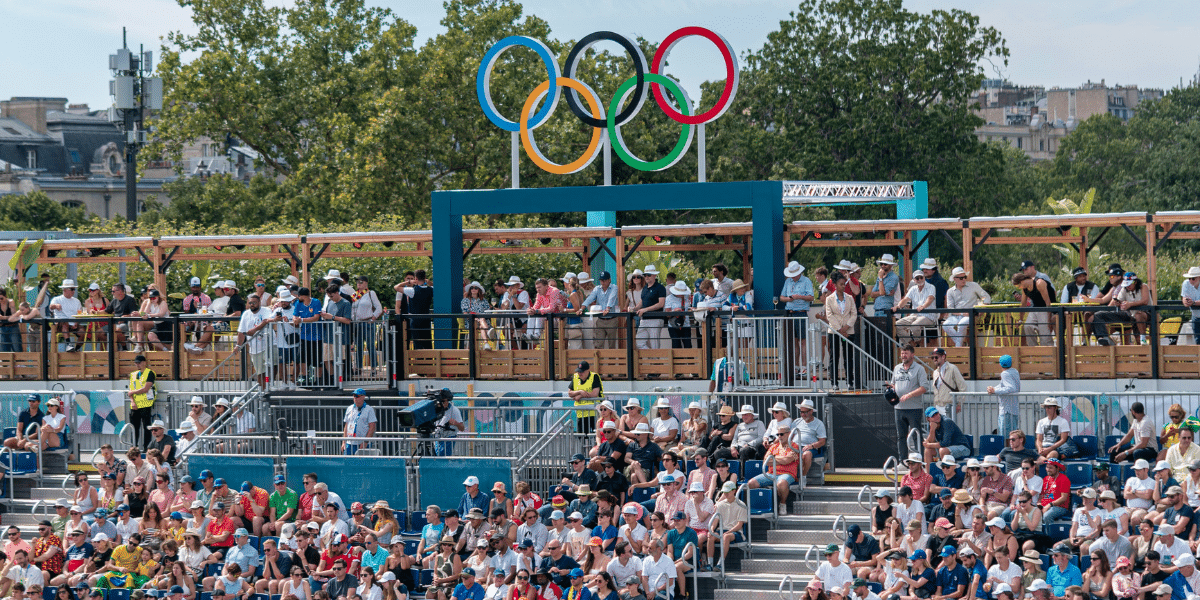The Anterior Cruciate Ligament (ACL) is one of the most critical ligaments in the knee, providing stability and support during movement. In the National Football League (NFL), ACL injuries are among the most severe and dreaded injuries an athlete can face. Due to the physical demands of football, players are at a higher risk of suffering from this type of injury, which can have significant implications for their careers, the performance of their teams, and their overall health. In this article, we will explore the severity of ACL injuries in the NFL by examining the causes, diagnosis, treatment, recovery timeline, and long-term effects.
ACL Injury Causes
An ACL injury typically occurs during movements that involve sudden stops, changes in direction, or awkward landings, all of which are common in football. NFL players are particularly vulnerable to ACL tears due to the high-intensity physical contact and unpredictable nature of the game. Offensive and defensive linemen, wide receivers, and running backs often experience these injuries while cutting, pivoting, or being tackled.
Non-contact injuries, where the player is not hit by another athlete, are a frequent cause of ACL tears. These occur when a player’s foot is planted on the ground, and the knee twists or hyperextends. Contact injuries can happen when a player is hit directly on the knee or leg, causing excessive force to be applied to the ACL.
Diagnosis Process
Diagnosing an ACL injury involves a combination of clinical evaluation and imaging. Immediately following the injury, the player may experience significant pain, swelling, and instability in the knee. Medical professionals often perform physical tests like the Lachman test or anterior drawer test to assess the integrity of the ligament.
If an ACL tear is suspected, an MRI scan is typically ordered to confirm the diagnosis. This imaging technique provides a detailed view of the knee structure, allowing doctors to determine the extent of the damage to the ACL and assess whether there are additional injuries to the surrounding ligaments, cartilage, or bones.
Treatment and Recovery Timeline
The treatment for an ACL tear usually involves surgery, particularly for NFL players who aim to return to the physically demanding sport. The most common surgical procedure for an ACL injury is reconstruction, where the damaged ligament is replaced with a graft, typically harvested from the patient’s hamstring or patellar tendon. In some cases, allografts (tissue from a donor) are used.
The recovery timeline for an ACL injury can vary depending on the severity of the tear, the success of the surgery, and the player’s rehabilitation program. On average, NFL players can expect to spend six to nine months recovering before they can return to full activity. During this time, they must go through an intensive physical therapy program to restore strength, stability, and range of motion in the knee.
Impact on Player Performance
An ACL injury can significantly impact a player’s performance, both physically and mentally. While many players can make a successful return to the field, they may experience a decline in performance, particularly in their first season back after the injury. The knee may not regain its full strength and stability, which can affect the player’s ability to cut, sprint, and tackle at the same level as before the injury.
Additionally, the mental toll of an ACL injury can lead to hesitation or fear of re-injury. Players may lose confidence in their ability to perform certain movements or avoid contact, which can affect their overall effectiveness on the field.
Rehabilitation and Physical Therapy
Rehabilitation is a critical component of recovery from an ACL injury, particularly for NFL players whose careers depend on regaining peak physical performance. The rehabilitation process begins with controlling swelling and pain in the knee and gradually progresses to restoring range of motion and strength in the surrounding muscles.
Physical therapy focuses on exercises that improve balance, proprioception (the sense of body position), and agility, all of which are essential for football players. As the player advances in their recovery, they begin sport-specific drills, such as sprinting, cutting, and jumping, to prepare for the demands of football. This process can take several months, and players must be cautious not to rush back to play too soon, as doing so increases the risk of re-injury.
Risk of Re-Injury

Photo Credit: Unsplash.com
One of the most concerning aspects of an ACL injury is the risk of re-injury, which is relatively high for NFL players. Studies show that athletes who have suffered one ACL tear are more likely to experience another, either in the same knee or the opposite knee. Factors that contribute to re-injury include returning to play too soon, inadequate rehabilitation, and pre-existing biomechanical imbalances.
To mitigate the risk of re-injury, players must adhere to their rehabilitation programs and continue working on strength and conditioning even after they return to the field. Teams also implement injury prevention programs, which focus on improving biomechanics, muscle strength, and flexibility to reduce the likelihood of a future ACL tear.
Long-Term Health Effects
The long-term health effects of an ACL injury can be significant. Many NFL players who have suffered an ACL tear may experience chronic knee pain or osteoarthritis later in life, even after successful surgery and rehabilitation. The physical toll of repeated injuries and surgeries on the knee can lead to degeneration of the joint, affecting the player’s mobility and quality of life after retirement.
These long-term effects underscore the importance of proper injury management and rehabilitation, as well as the need for ongoing care and maintenance of knee health throughout a player’s career.
Impact on NFL Teams and Roster Decisions
ACL injuries can have a major impact not only on individual players but also on NFL teams. When a key player suffers an ACL injury, teams must make tough decisions about how to adjust their rosters and game plans. Losing a star player for several months can alter the course of a season, particularly for teams that rely heavily on specific positions, such as quarterbacks or wide receivers.
In some cases, teams may choose to place injured players on injured reserve (IR), which frees up a roster spot for another player but rules the injured player out for a significant portion of the season. Teams must also consider the long-term implications of an ACL injury when negotiating contracts, as they may be hesitant to invest heavily in a player with a history of knee injuries.
Psychological Effects on Players
The psychological effects of an ACL injury can be just as challenging as the physical recovery. Many players experience feelings of frustration, anxiety, and depression as they navigate the long and arduous rehabilitation process. The uncertainty about whether they will return to their previous level of performance can weigh heavily on their mental health.
NFL teams often provide players with access to sports psychologists and mental health resources to help them cope with the emotional challenges of injury recovery. Building mental resilience is crucial for players as they work their way back to the field.
Prevention and Risk Mitigation Strategies
Given the severity of ACL injuries in the NFL, prevention and risk mitigation are key focuses for teams and trainers. Strength and conditioning programs designed to improve muscle balance, flexibility, and core stability can help reduce the risk of ACL tears. Proper warm-ups, strength training, and agility drills are essential components of injury prevention strategies.
Additionally, advancements in protective equipment and improvements in playing surfaces may contribute to reducing the likelihood of ACL injuries. Continued research into injury prevention and biomechanics will play a crucial role in protecting NFL players from the long-term impacts of ACL injuries.
An ACL injury is one of the most devastating setbacks an NFL player can face. With extensive rehabilitation, many players can return to the field, but the risk of re-injury and long-term health effects remain significant concerns. The impact of an ACL tear extends beyond the individual player, affecting team performance, roster decisions, and the player’s overall career trajectory. As research into prevention and recovery strategies continues, the hope is that NFL players can reduce their risk of injury while maintaining high levels of performance.












